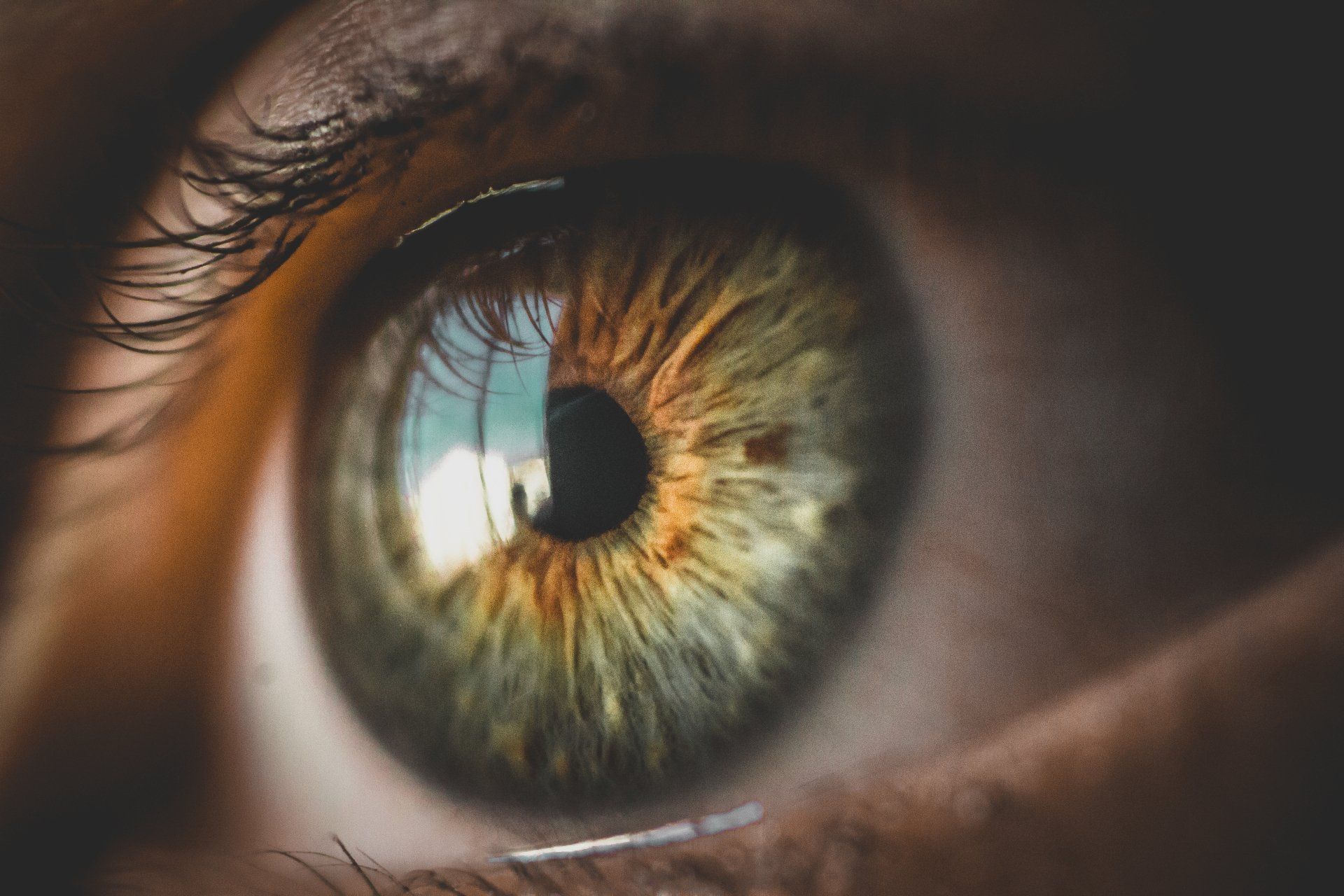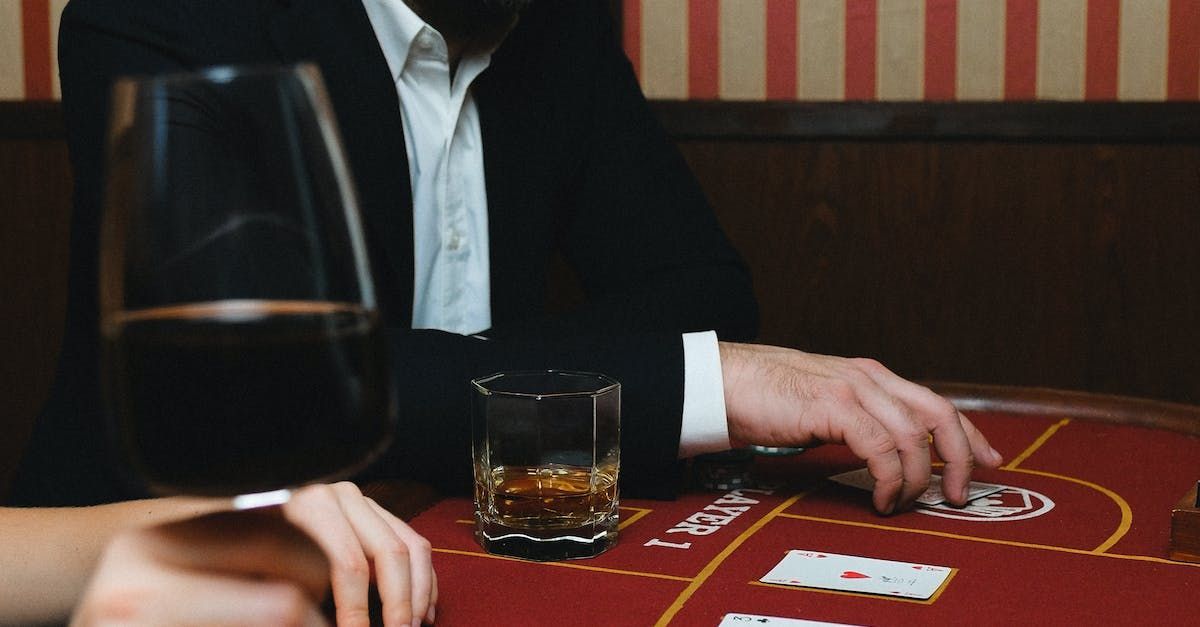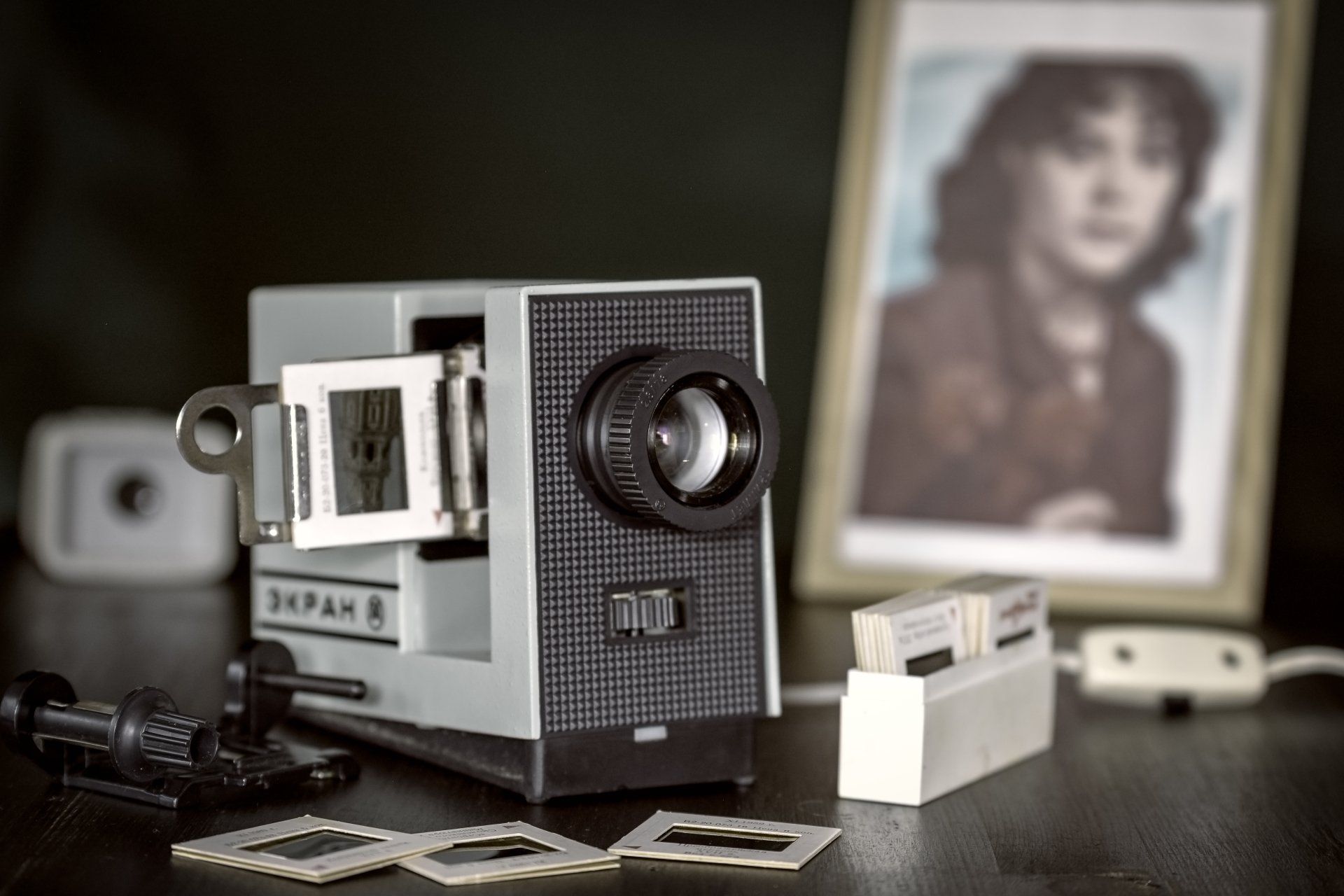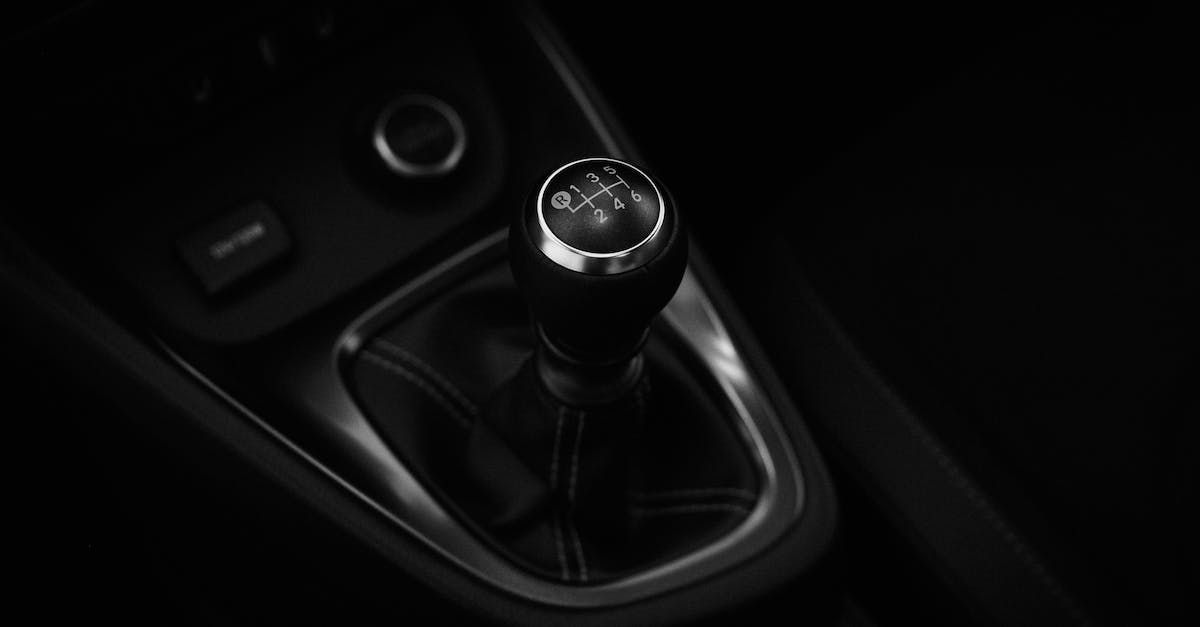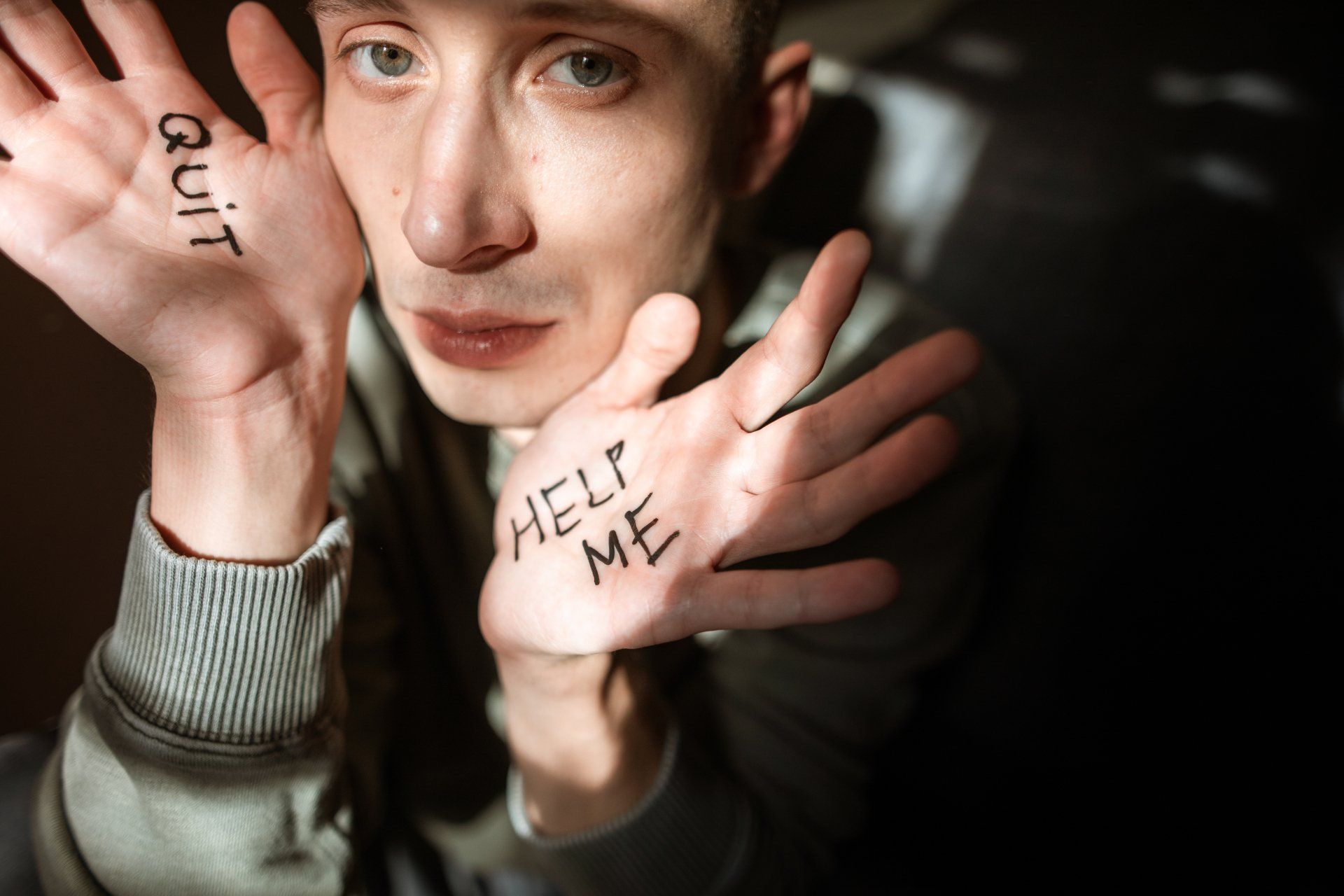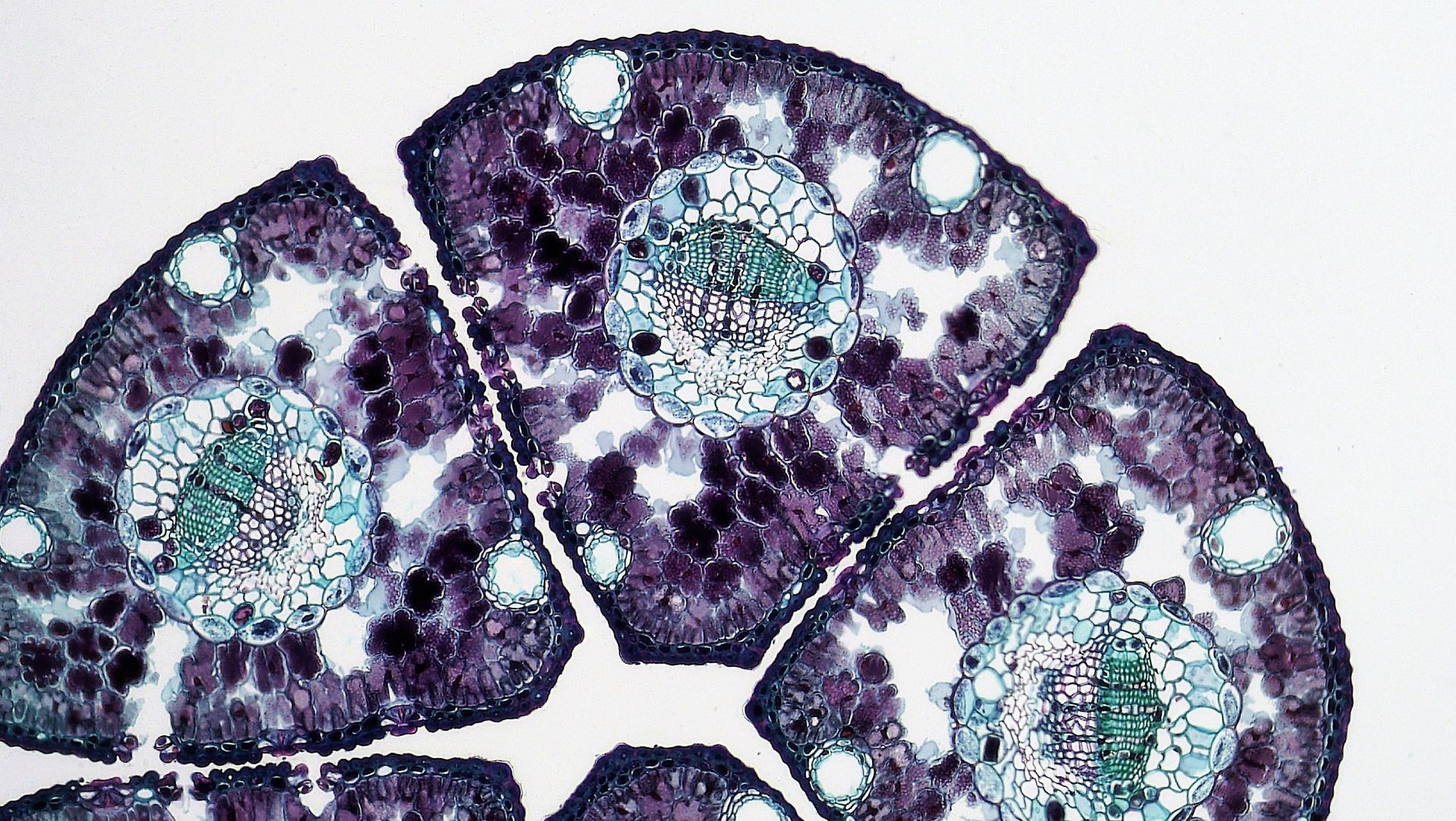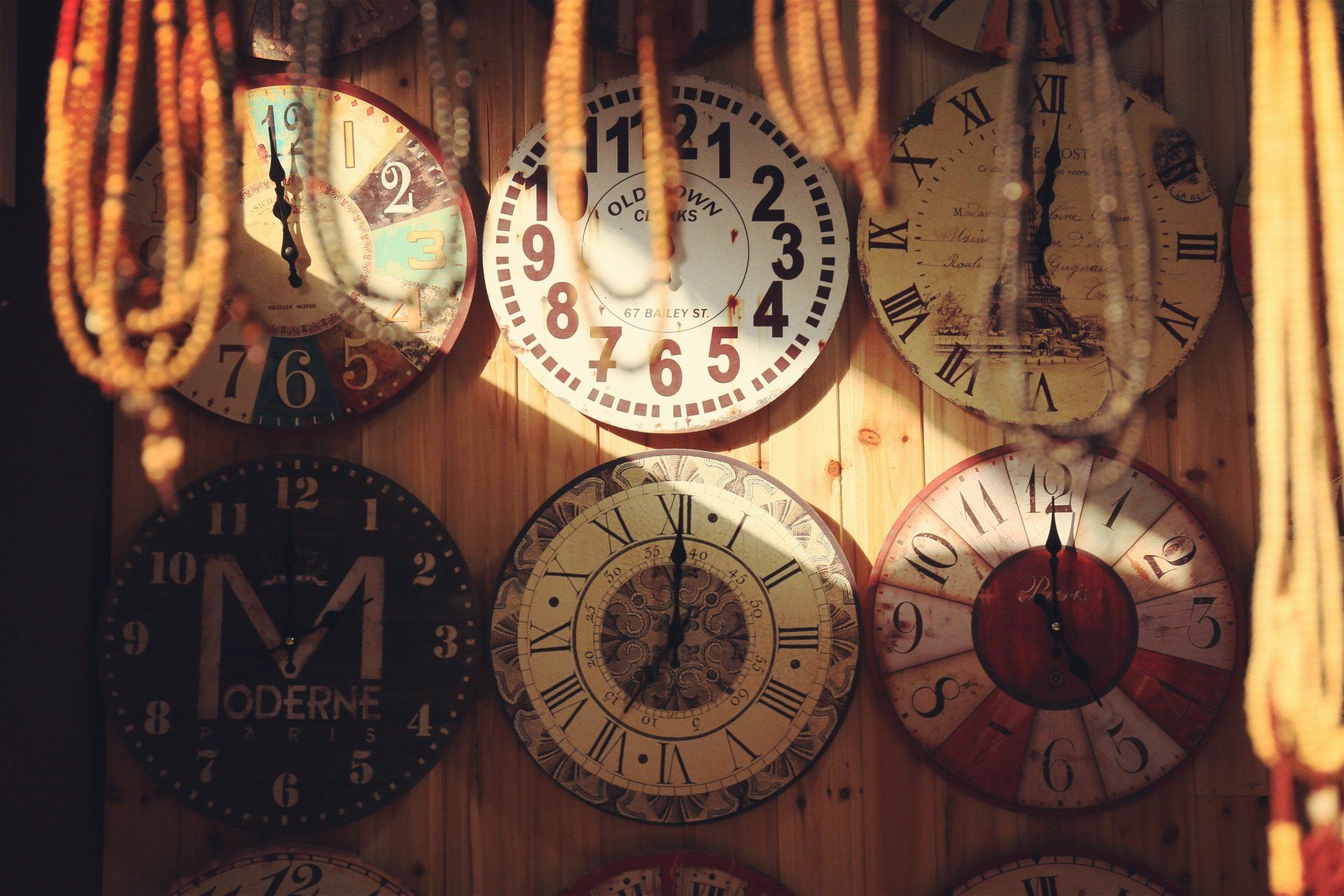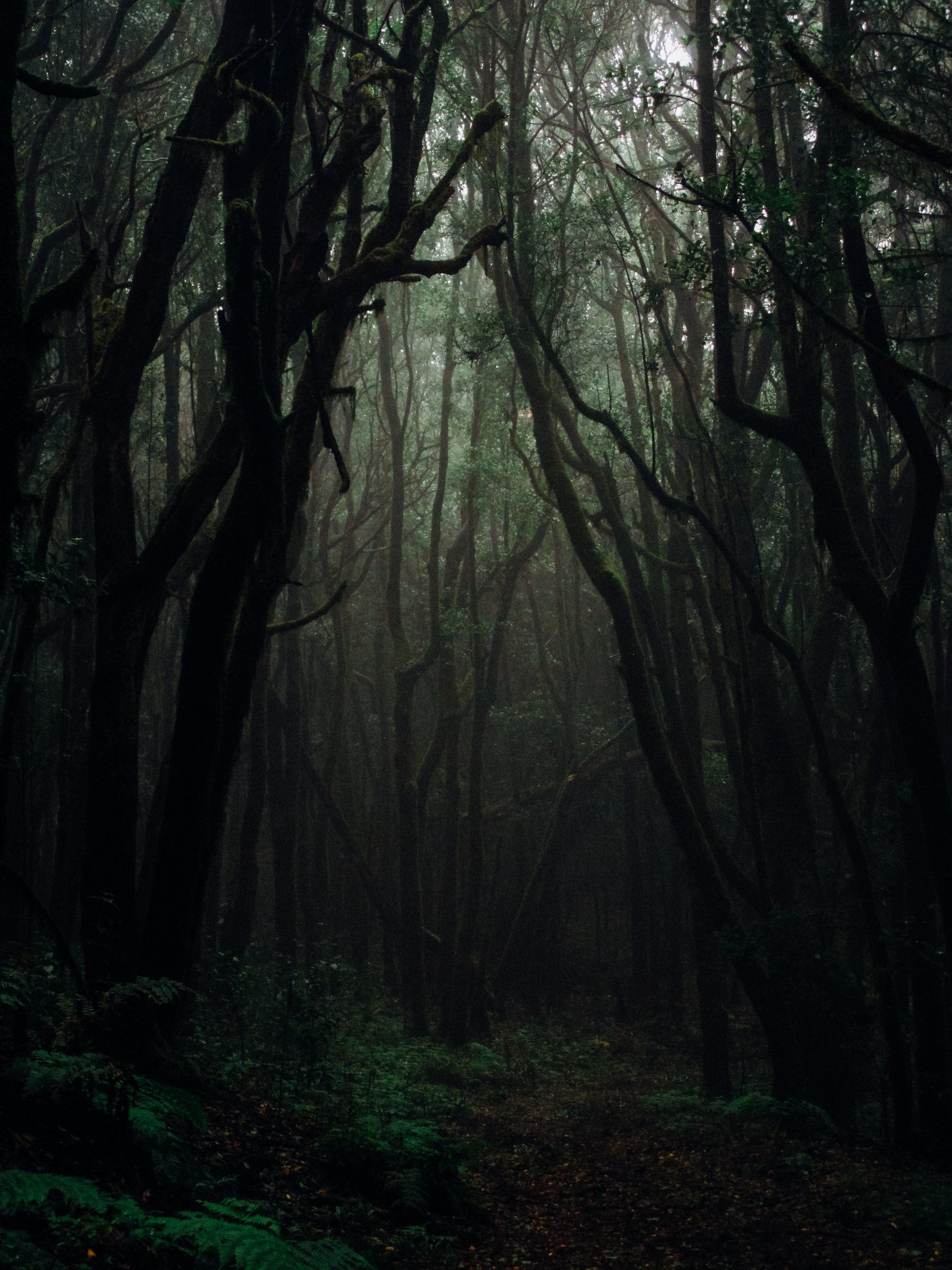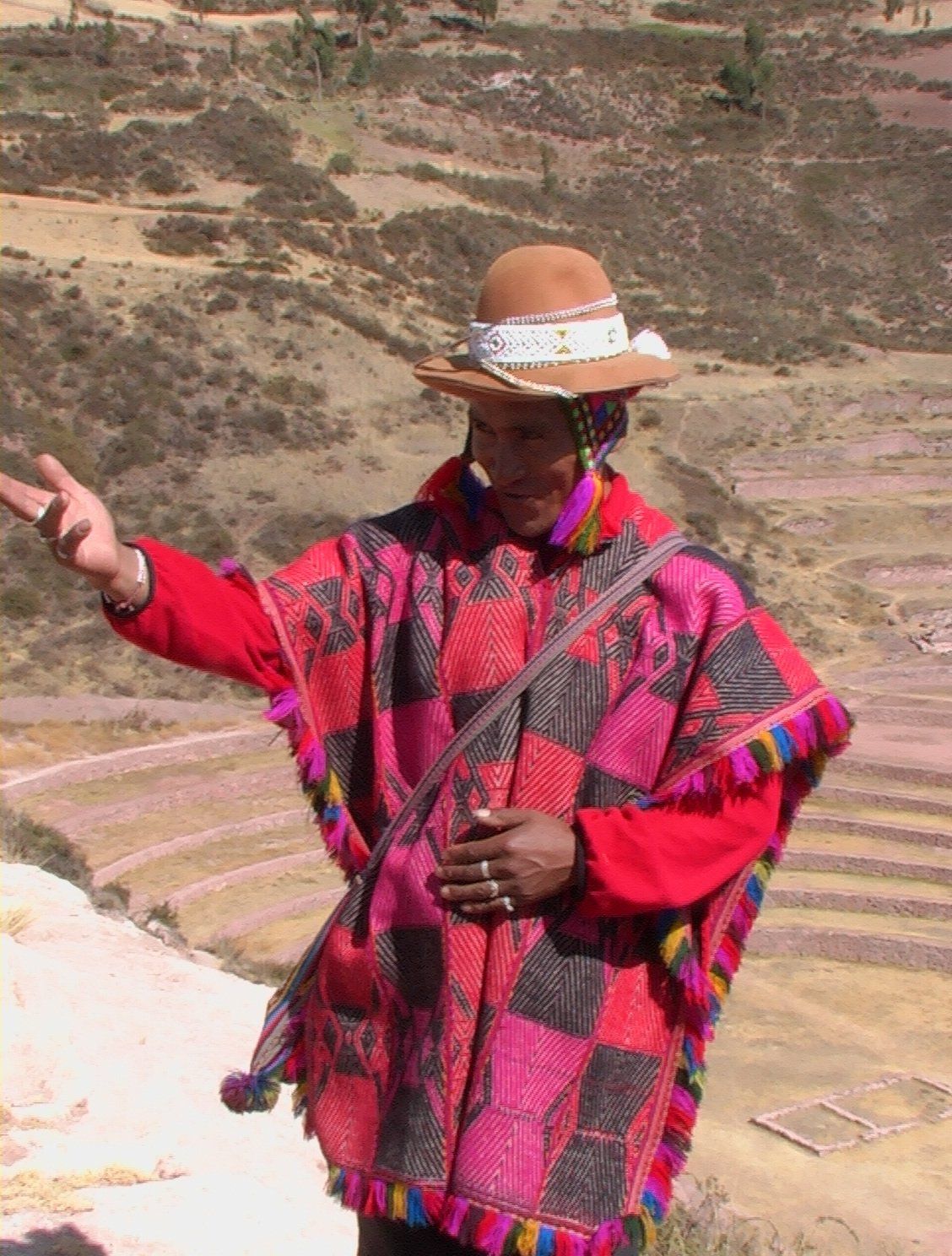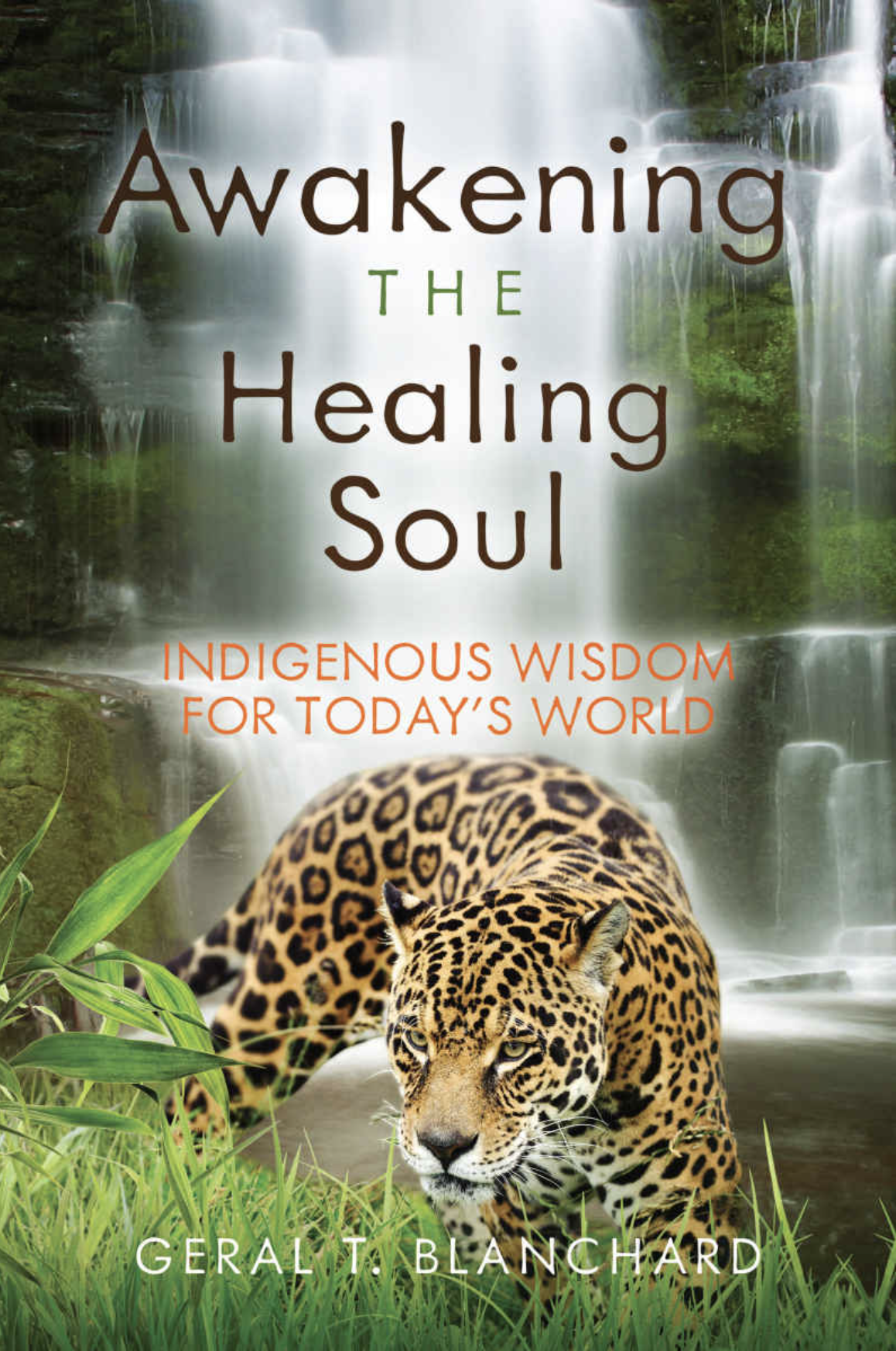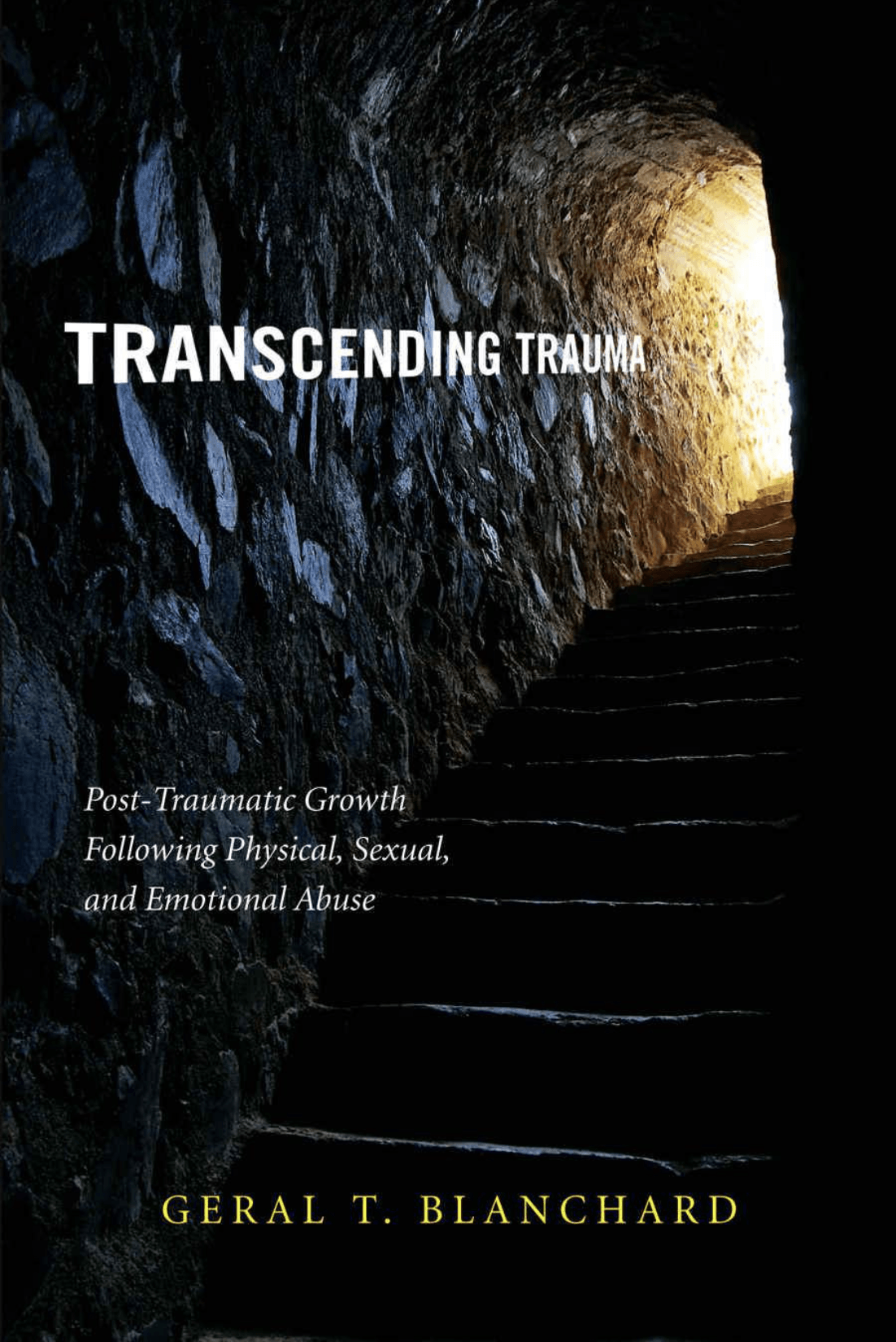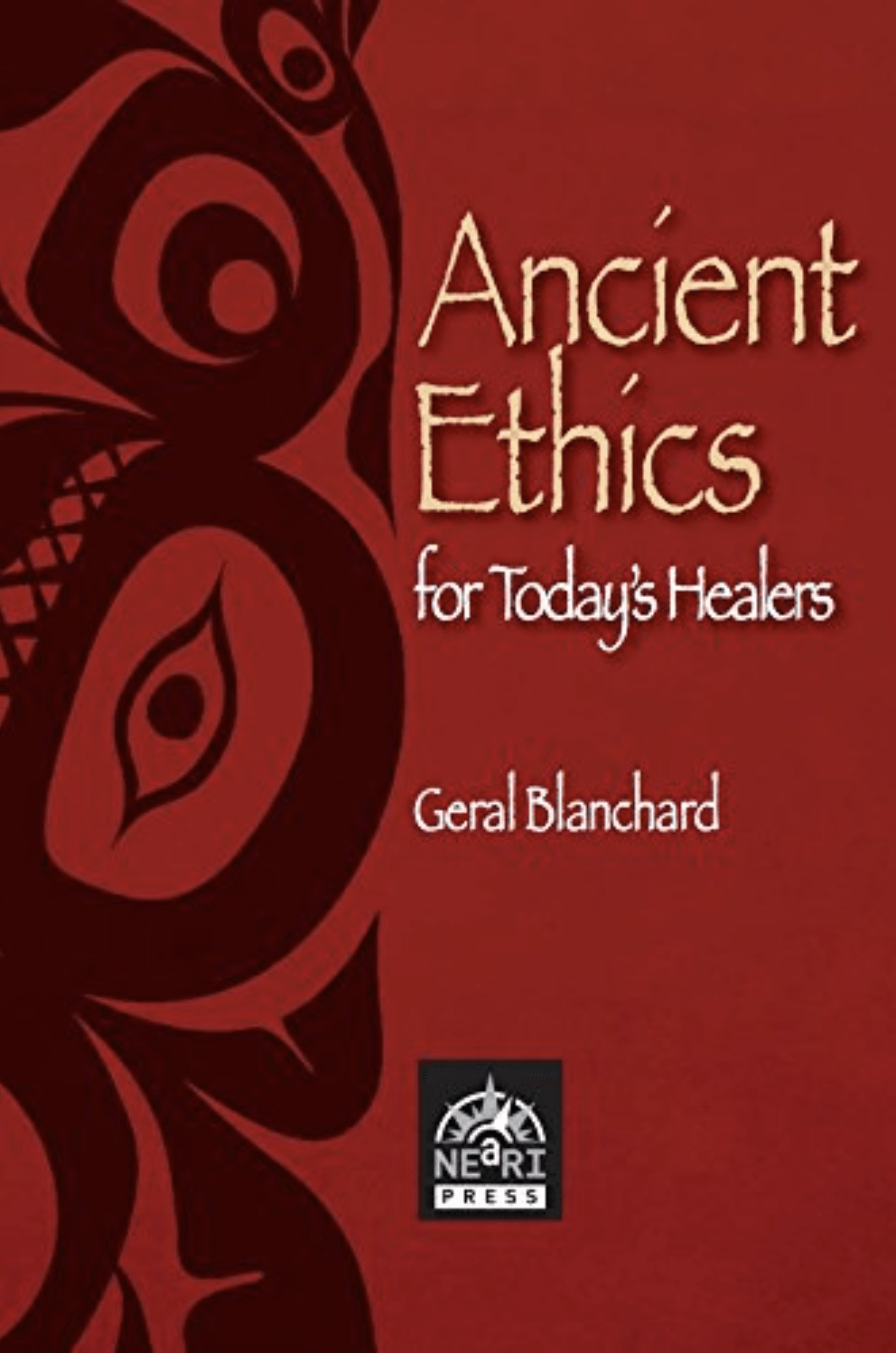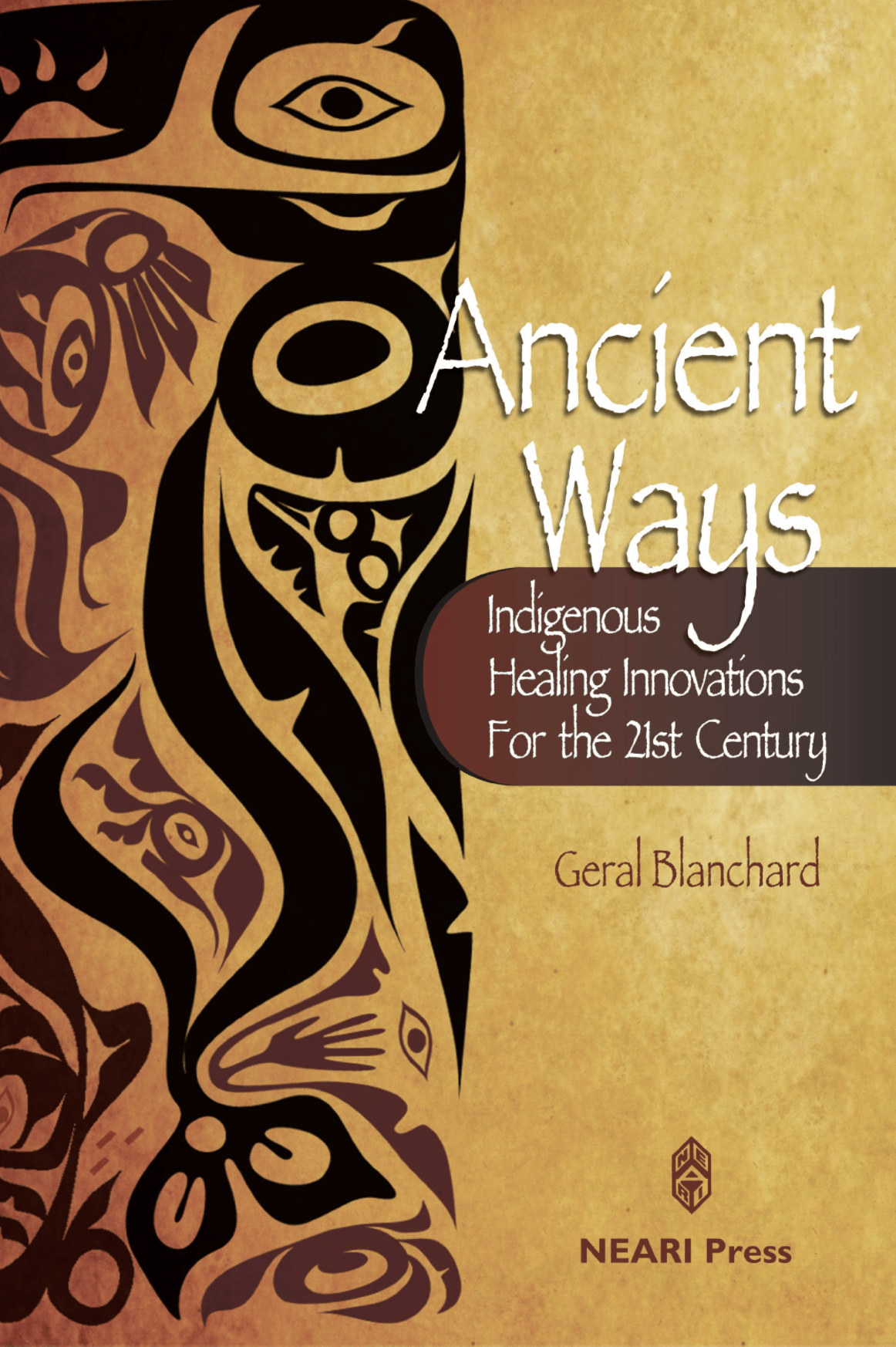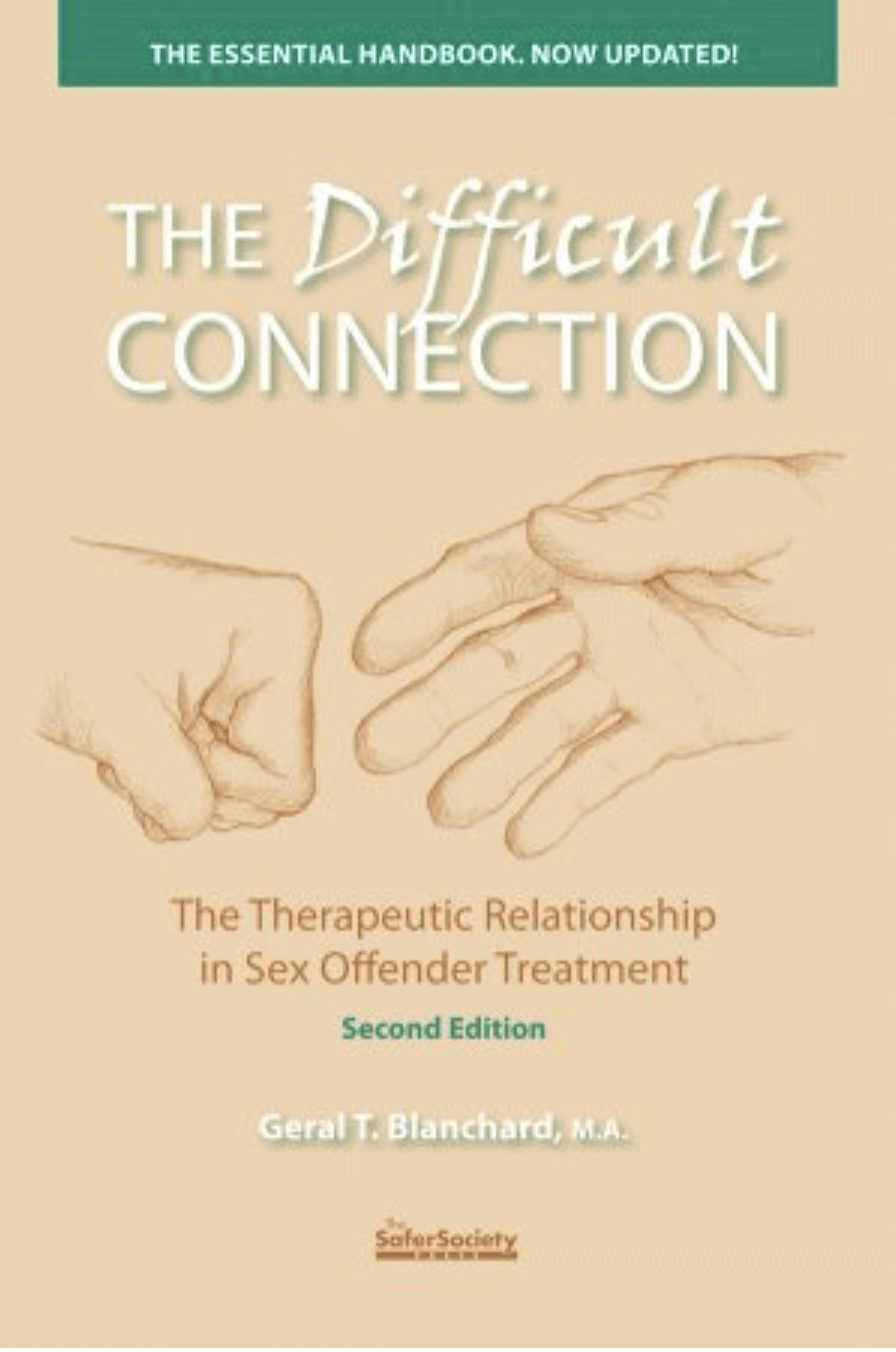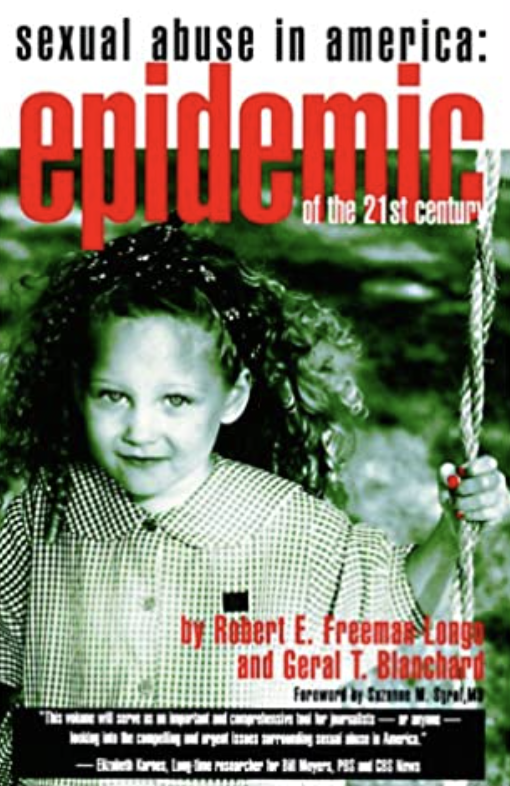Geral Blanchard, LPC, is a psychotherapist who is university trained in psychology and anthropology. Formerly of Wyoming and currently residing in Iowa, Geral travels the world in search of ancient secrets that can augment the art and science of healing. From Western neuroscience to Amazonian shamanism, he has developed an understanding of how to combine old and new healing strategies to optimize recovery, whether from psychological or physical maladies.
MDMA Energy Movement
While MDMA is a modern medicine designed to resolve trauma and heal relationships, it can also be understood from an indigenous perspective.
For example, Q’ero shamans of the Peruvian Andes have long practiced energy movement as the central part of their healing of mental and physical ailments.
Commonly, Q’ero shamans will open a healing ceremony by forming a k’intu, which is a grouping of three cocoa leaves slightly fanned out. With a prayerful attitude they blow their finest energies, three times, through the leaves and into the Universe. Then the leaves are placed in their mouths and chewed – prayers within, prayers without.
They believe that everything in the Universe holds within it kawsay, which is the basic and vital, animating force of existence. The goal of a healing ceremony is to “push the kawsay.”
One of the undesired energies created by human encounters is hucha. In the U.S. we demonize this form of energy by referring to it as evil or demonic. Often it is said to be the power of a devil. Actually, hucha could be better understood as heavy, disordered, and dense energy. It is “caught” from persons who do not live in perfect anyi – loving reciprocity. They are like emotional vampires who take and take with little desire to give back. In so doing, they can move people into a state of energy imbalance.
From a psychological perspective, hucha can be regarded as the accumulation within the energy body of all that does not serve us: negative attitudes, untruthfulness, manipulation, inability to love honestly, self-destructive or hurtful behaviors, a poor self-image, and so on. Emotional fears and pain are only symptoms of being in contact with hucha. Shamans can see it in physical form, like an aura, something they call k’ara. Hucha is not about us, but rather who we have bumped into and what we momentarily absorbed. Nor is hucha a moral category, it just is – one unique form of energy, all judgment aside.
One shaman, don Agustin, said, A person has hucha when dirtiness lands on him. If the hucha lands on a person, you must take it and pull it off him and pace it in a river. The river will take it away.”
Q’ero shamans continuously monitor their energy interactions and work to supplant
hucha with
sami. They realize that if you come into contact with energy that does not serve you well, the natural human reaction is to protect ourselves. In that constricted posture of protection we close ourselves off and risk turning our energy body into an “energetic jail.” Our body may experience intestinal upsets, migraines, fibromyalgia, etc.
Sami is the natural and unspoiled energy that we may lose track of following a difficult childhood or a tarnished relationship with our parents. It can be regarded as our best essence, our innate, divine, and loving soul.
As adults our sami is often diminished from being around abusive and narcissistic people. But our sami is not always gone, it is temporarily overshadowed by the heavier hucha. And sami is light, uplifting, and healing, seeking to pierce the darkness like obsidian can do.
The more sami we invite into our energy bodies, the more our bodies are cleansed of hucha. Releasing hucha is a simple and intentional process called saminchuckuy. In doing so it is very important not to hate or fight with hucha. That only creates more of the same. As Carl Jung said: “What we resist, will persist.” To try and forcefully evict hucha never works. Quite the opposite, it can settle into us. Conversely, by welcoming sami’s love through the crown chakra, hucha is gently moved and dissolved. Sami can be regarded as a playful form of energy, not a hard-driving warrior.
It is important to open an internal dialogue with hucha and MDMA fosters just that. The energies we are inclined to label as “evil” are actually a projection of our shadow selves. Hucha can’t do anything to us that we do not consciously or unconsciously agree to. So with the additional help of MDMA, we adjust our posture toward the heavy darkness.
Healing begins by connecting with another energy field, a stronger and more spiritual person. MDMA assisted psychotherapists can assist with this process. This can be a sacred interchange.
Basically we can cleanse ourselves of hucha, or it can be digested. Brushing, fanning, applying smoke by breath or smudging, or washing ourselves followed by the application of sweet lotions or perfumes can begin a cleansing form of release. The rougher digestion process – the shamans call it hucha mikhuy – involves working with someone else who can absorb and then expel the unpleasantness. Your indigenous inspired MDMA attendant opens himself/herself in strength to absorb hucha. They can “eat” hucha in their sami-inspired spiritual stomach. After all, “what is heavy for you may not be heavy for me.”
In the energy movement process the healer extracts or draws in sami from the hucha and finds a way to return the unwanted energy back to Pachamama. It is often deposited in water where it disperses. Pachamama loves to receive hucha and use it in her composting process; she enjoys that part of us almost as much as we love dark sweet chocolate. Fundamentally, both processes -– cleansing and digesting -- are loving acts of intention, munay. Both use rituals within ceremonies, ways to “let go.”
The person carrying hucha is said to carry the load of a heavy backpack that must be discarded. A person who carries heavy energy is called a huchasapa. When energy is moving -- and it make take some time -- it is regarded as a cosmic transformation; the word they use is pachacuti. Hucha is always building and receding. Our goal is to lighten our load and create an internal spiritual ecology of pachacuti. The real brilliance of the ancient Q’ero tradition is that they recognize everything is of value to us; everything serves a function. It is a perspective beyond good and bad, right and wrong, friends and enemies. They refer to yanantin as the harmonizing of two different vibrations or flavors in life. Masintin is the complementarity of divergent energies. We must taste them all and be at peace with them all.
After the MDMA assisted, and indigenously inspired treatment, patients have the energetic power to recover the memory –- not only of traumas -– but the memory of who they truly are and then they can act in accordance with that authentic self, the primordial “I Am.” For the gifts of ancient practices, as well as the gifts of modern medicines, we say “thank you,” “aho” (honoring the union of spirits), and “megwetch” (gratitude for all).
*********
Other Topics
Basics of MDMA
Rituals and Ceremony
Brain and MDMA
Trauma
Heart
Energy Movement
Quantum Physics
Native Cosmologies
Nature
Spirituality/Enlightenment
Kogi Tribe
Books written by Geral T. Blanchard
More Articles

